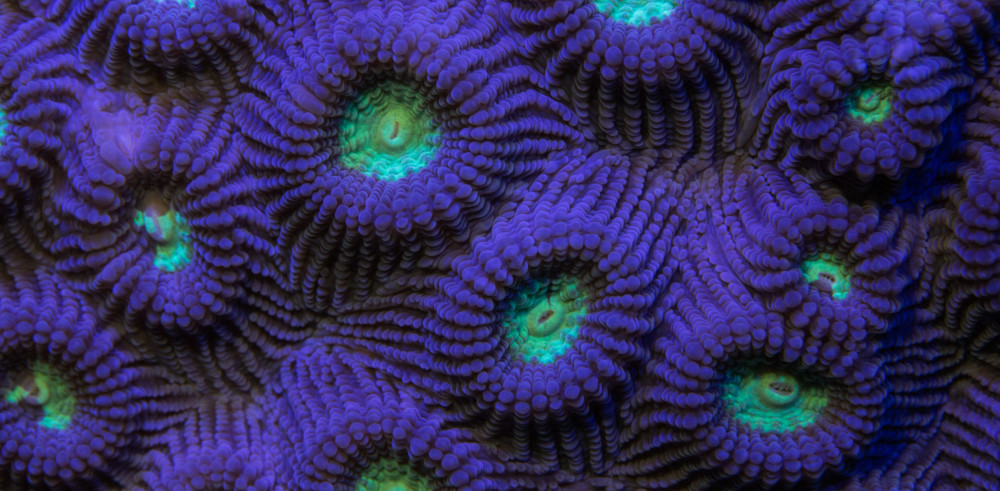I have always been fascinated by the beauty of seahorses. I have seen five species of seahorses in the beautiful waters of Okinawa. They are scarce and difficult to find. They have the ability to change color to blend into their surrounding environment. They are often found resting with their prehensile tails wrapped on something sturdy.
The Pygmy seahorse (Hippocampus bargibanti) Is the most beautiful seahorse. They live on red or orange gorgonians making them camouflage and difficult to find. They even have tubercles that resemble the polyps of the coral they live on. They are found in deep water (80-150feet).
 The Pontoh’s Pygmy seahorse (Hippocampus pontohi) was recently described in 2008. They live on calcareous algae and hydroids making them camouflage and difficult to find. They have fiber-like strands that resemble the algae they live on. They are found in shallow water (20-60feet).
The Pontoh’s Pygmy seahorse (Hippocampus pontohi) was recently described in 2008. They live on calcareous algae and hydroids making them camouflage and difficult to find. They have fiber-like strands that resemble the algae they live on. They are found in shallow water (20-60feet).
Denise’s pygmy seahorse (Hippocampus denise) Is another beautiful seahorse. They live on orange gorgonians making them camouflage and difficult to find. They even have tubercles that resemble the polyps of the coral they live on. They are found in deep water (100-150feet).

Another beautiful pygmy seahorse. Could it be a juvenile Hippocampus pontohi, or H colemani or H servensi.

The thorny seahorse (Hippocampus histrix) Is very rare in the waters of Okinawa. This is the only specimen I have found. It was washed up on a local beach during Typhoon trami. They live on gorgonians in deep water. Hopefully, someday I will photograph a live specimen
The Great seahorse (Hippocampus kelloggi) Is the most common seahorse found here. They live on sea-grass and algae in sandy areas. They are found in very shallow water (2-40feet).
 The Ryukyu sea dragon (Kyonemichthys rumengani) is a species of pipefish native to Okinawa. It can be very difficult to find based on its size.
The Ryukyu sea dragon (Kyonemichthys rumengani) is a species of pipefish native to Okinawa. It can be very difficult to find based on its size.

Seahorses are often taken from the sea, dried and sold for medicinal purposes. Their biggest threat is habitat loss and over-collecting. They hold a high-value for medicinal purposes and in the pet trade market. Populations have drastically decreased over the years, making them harder and harder to find. Let’s protect these beautiful seadragons.
People often ask me what is the purpose of conservation photography? Having the ability to affect some form of positive change in the environment and make a global difference with the photographs. Hopefully, the images will inspire people to care more about nature and make a positive difference in the environment.
My Mission: To Document and Preserve the Wildlife of the Ryukyu Islands
This site is also designed to help people identify the beautiful animals of Okinawa, basically to serve as an online nature reference guide. If you would like to make a contribution to support my mission, please click on the donation link paypal.me/maketheswitch4nature
Your donations will help conservation initiatives as well as bring solutions to the worldwide pollution issues on our beautiful shorelines. Thank you for your support, Shawn M Miller.
#MakeTheSwitch4Nature
Have a great day!








































































































